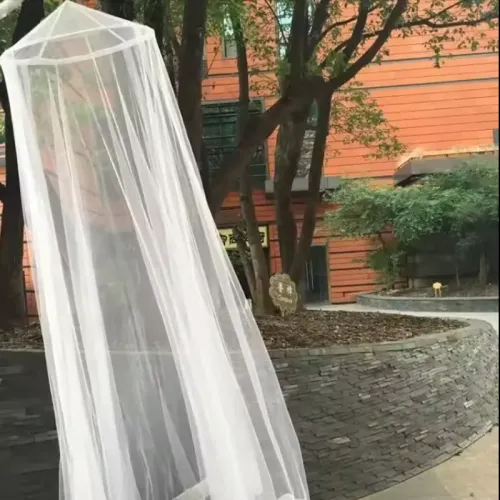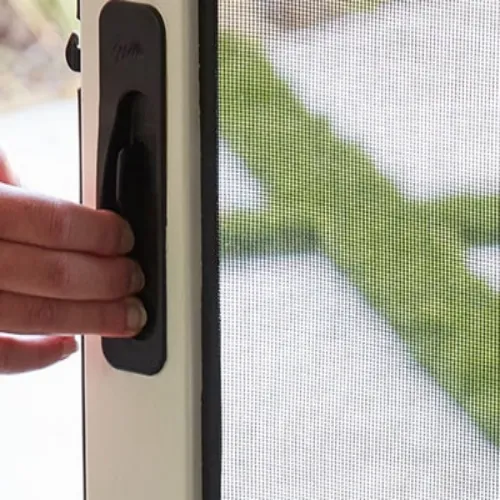Mar . 07, 2025 07:19 Back to list
Fixed Screen Window
Installing window fly screens can significantly enhance your living environment by keeping pesky insects at bay while allowing fresh air to circulate freely. To achieve an efficient and successful installation, it's crucial to understand the nuances of different products, tools, and techniques involved. Drawing from extensive experience in this field, this guide will cover essential steps and considerations, ensuring you achieve the best results.
Deciding between professional installation and a DIY approach requires consideration of several factors. While DIY installation can be cost-effective and fulfilling, it demands a certain level of skill and precision. On the other hand, professional installers bring expertise, ensuring that measurements are exact and that the screens are fitted securely and seamlessly. For those unfamiliar with hands-on installations or working with tools, seeking professional assistance might be the most prudent choice. Preparation and Installation Commencing with a clean and clutter-free workspace around your windows ensures an unobstructed installation process. Gather all required tools, including a hacksaw for cutting frames, a drill for making necessary holes, screwdrivers, and a spline roller for securing the mesh. Before proceeding, double-check all measurements and adjustments on the fly screen kit to align with your window dimensions. Begin by assembling the frame according to the manufacturer's instructions. Ensure all corners are square and joints are secure. Next, lay out the screen mesh over the frame and use the spline roller to push the spline into the groove, securing the mesh tautly. Carefully trim any excess mesh to maintain neat and aesthetically pleasing edges. Finally, attach the screen frame to your window, drilling and screwing into place as required by your chosen system. Maintenance and Longevity Ongoing maintenance extends the life of your fly screens and ensures continuous protection. Regularly clean the screens with mild soap and water to remove dust and debris. Inspect them periodically for signs of wear and tear, such as small holes and loose splines, which can be promptly repaired to prevent further damage. In seasonal climates, you may also consider removing fly screens during winter months to prolong their lifespan. In conclusion, the installation of window fly screens is a vital home improvement that provides comfort and protection. By selecting the right type, measuring carefully, and deciding whether to hire an expert or tackle the installation yourself, you can enjoy a bug-free living environment with fresh air flow. Regular maintenance will ensure that your screens remain effective and aesthetically pleasing for years to come. The key lies in attention to detail and a commitment to quality at every stage of the process, from initial selection to ongoing care.


Deciding between professional installation and a DIY approach requires consideration of several factors. While DIY installation can be cost-effective and fulfilling, it demands a certain level of skill and precision. On the other hand, professional installers bring expertise, ensuring that measurements are exact and that the screens are fitted securely and seamlessly. For those unfamiliar with hands-on installations or working with tools, seeking professional assistance might be the most prudent choice. Preparation and Installation Commencing with a clean and clutter-free workspace around your windows ensures an unobstructed installation process. Gather all required tools, including a hacksaw for cutting frames, a drill for making necessary holes, screwdrivers, and a spline roller for securing the mesh. Before proceeding, double-check all measurements and adjustments on the fly screen kit to align with your window dimensions. Begin by assembling the frame according to the manufacturer's instructions. Ensure all corners are square and joints are secure. Next, lay out the screen mesh over the frame and use the spline roller to push the spline into the groove, securing the mesh tautly. Carefully trim any excess mesh to maintain neat and aesthetically pleasing edges. Finally, attach the screen frame to your window, drilling and screwing into place as required by your chosen system. Maintenance and Longevity Ongoing maintenance extends the life of your fly screens and ensures continuous protection. Regularly clean the screens with mild soap and water to remove dust and debris. Inspect them periodically for signs of wear and tear, such as small holes and loose splines, which can be promptly repaired to prevent further damage. In seasonal climates, you may also consider removing fly screens during winter months to prolong their lifespan. In conclusion, the installation of window fly screens is a vital home improvement that provides comfort and protection. By selecting the right type, measuring carefully, and deciding whether to hire an expert or tackle the installation yourself, you can enjoy a bug-free living environment with fresh air flow. Regular maintenance will ensure that your screens remain effective and aesthetically pleasing for years to come. The key lies in attention to detail and a commitment to quality at every stage of the process, from initial selection to ongoing care.
Products
Latest news
-
Unveiling the Allure and Practicality of Classic Mosquito Nets
NewsJul.04,2025 -
Unraveling the World of Mosquito Nets: Varieties, Costs, and Production
NewsJul.04,2025 -
Redefining Protection and Style: The World of Mosquito Nets
NewsJul.04,2025 -
Enhancing Sleep and Style with Contemporary Mosquito Nets
NewsJul.04,2025 -
Diverse Solutions in Mosquito Netting: Sizes, Varieties, and Flexibility
NewsJul.04,2025 -
Deciphering Mosquito Nets: Significance, Varieties, and Applications
NewsJul.04,2025 -
Transforming Bedrooms into Mosquito - Free Havens
NewsJul.01,2025









